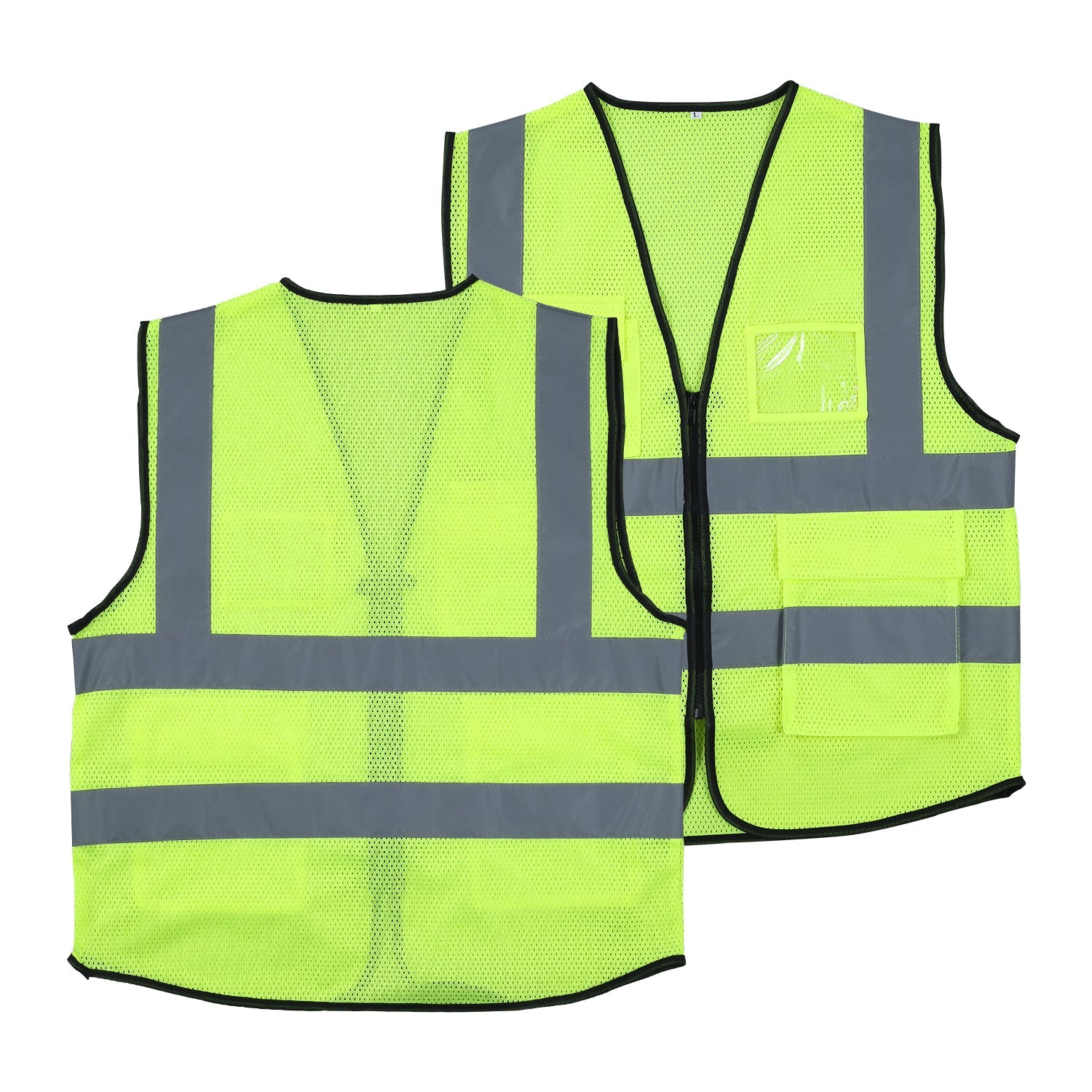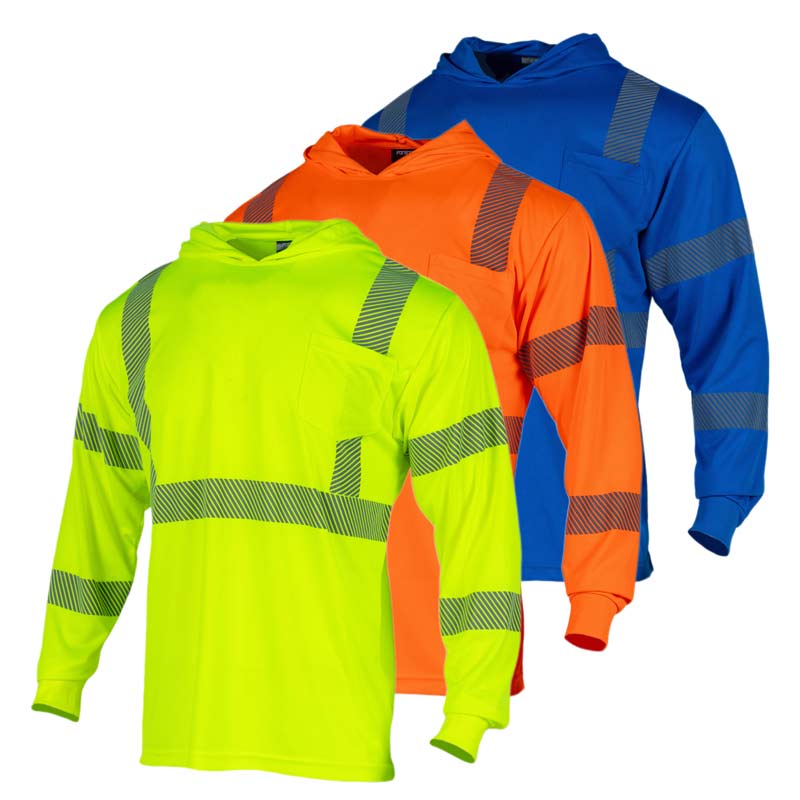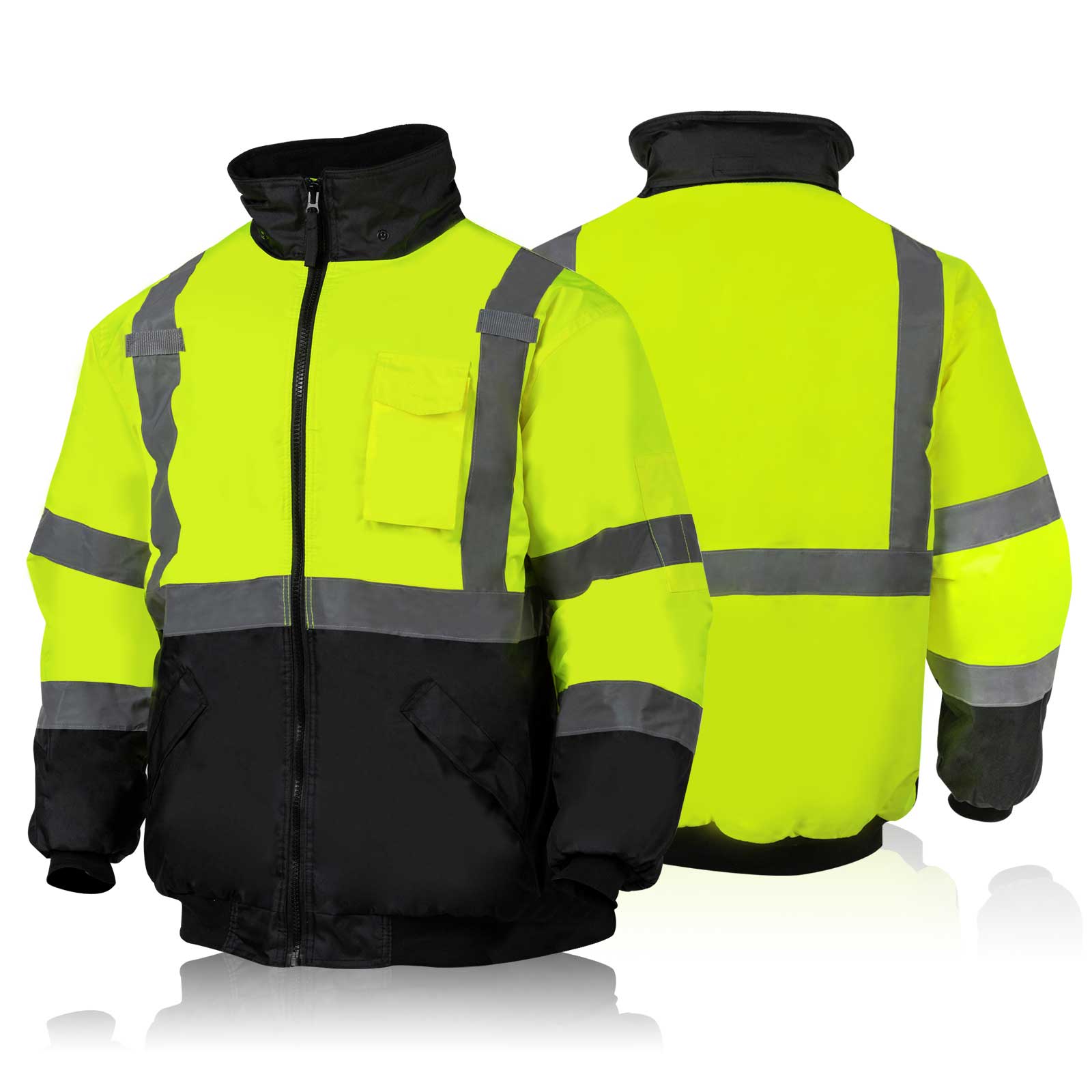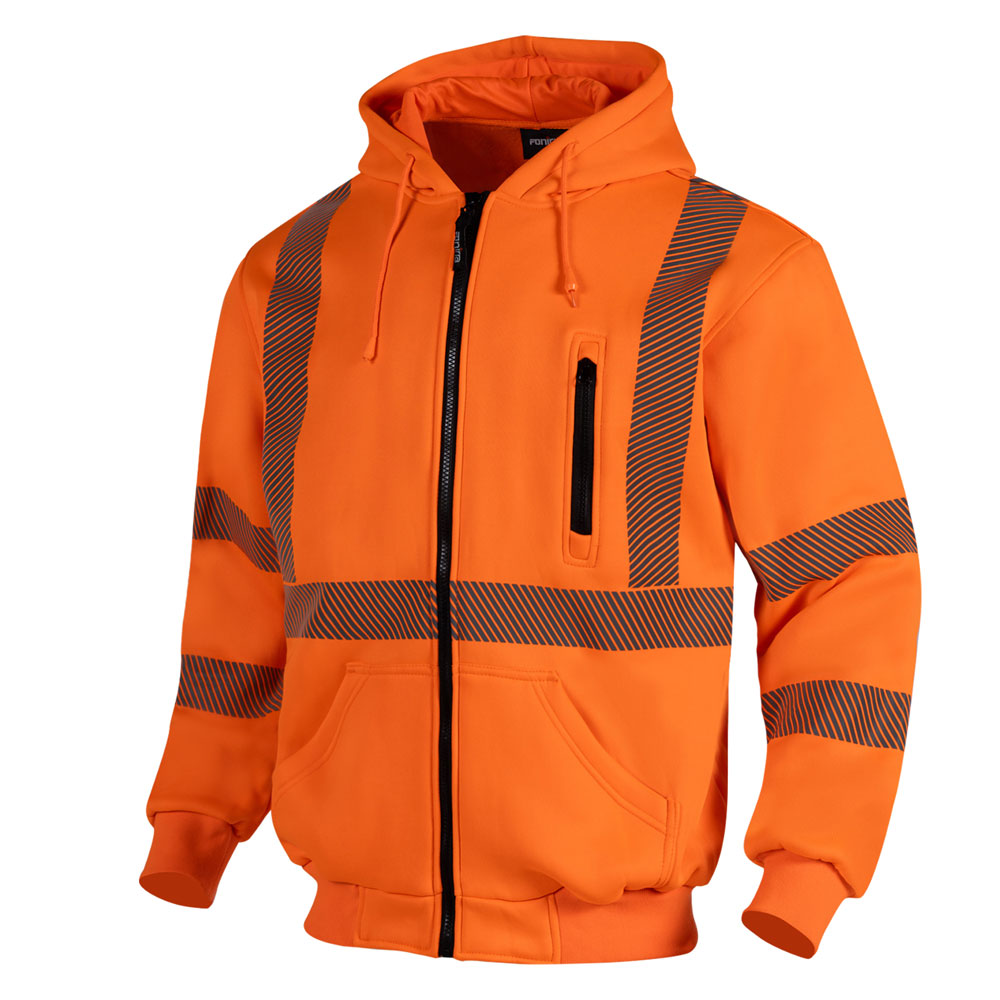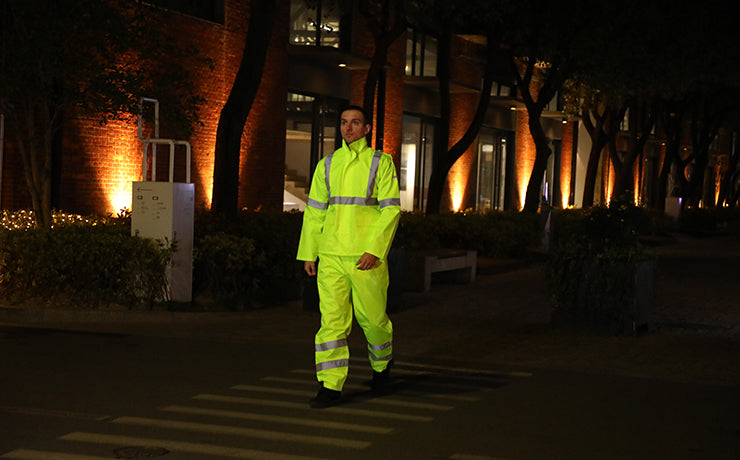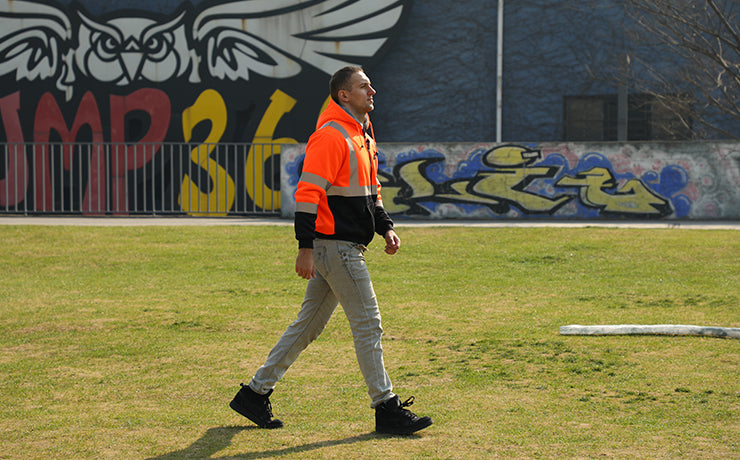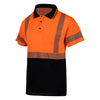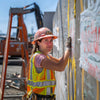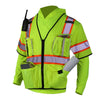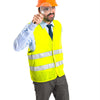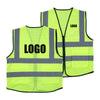Exhaustive List of High-Visibility Clothing Requirements for Every Profession
High-visibility clothing is essential for safety in many jobs. It's like a bright uniform that helps keep workers safe by making sure they are easy to see. This kind of clothing is really important in places like construction sites or warehouses, where being seen can prevent accidents.
The Occupational Safety and Health Administration (OSHA) plays a big part in making rules about this. They decide what kind of high-visibility clothing is needed for different jobs to keep everyone safe from serious physical harm.
Table of Contents:
- What is High-Visibility Clothing?
- OSHA High-Visibility Clothing Requirements
- Exhaustive List of High-Visibility Clothing Requirements for Every Profession
- Penalties for non-compliance with the OSHA Hi-Vis Clothing Requirements
What is High-Visibility Clothing?
High-visibility clothing is special gear that workers wear to make sure they are easy to see. The main purpose of this clothing is to prevent accidents and keep workers safe, especially in places where it's hard to see or there are a lot of moving vehicles and equipment.
There are different types of high-visibility clothing, like:
-
Vests: These are often the most common type. They are easy to wear over other clothes and are perfect for hot weather.
-
Jackets: Great for colder weather, these provide both warmth and visibility.
-
Pants: These are used along with other high-visibility garments to increase overall visibility.
The color and reflective material in high-visibility clothing plays a big role. Bright colors like neon yellow or orange make sure the person stands out during the day. At night or in low light, the reflective parts of the clothing bounce light back, so the person wearing it is easy to see. This is why we often see construction workers or warehouse workers in such bright and reflective outfits.
OSHA's general high-visibility requirements are important for keeping workers safe. They say that high-visibility clothing requirements must be met in many industries. This clothing is part of what they call "high visibility safety apparel" and "warning garments worn."
It's especially important in areas where workers are near moving vehicles or equipment. The idea is to have suitable garments marked with high-visibility material so that workers are always seen. Hence, reducing the risk of accidents. This is part of what OSHA calls the "general duty clause," which is about making sure employers provide a safe workplace.
OSHA High-Visibility Clothing Requirements
High-visibility clothing is a must in many jobs. It's a kind of special clothing that makes sure workers can be seen clearly. This is really important for safety, especially in places with lots of moving things like cars or construction vehicles. OSHA (Occupational Safety and Health Administration) sets rules about this clothing to help keep workers safe.
Classification of Safety Vests
Safety vests are a big part of high-visibility clothing. They are usually bright and reflective. There are different types, or "classes," of safety vests. Each class is for different situations and jobs.
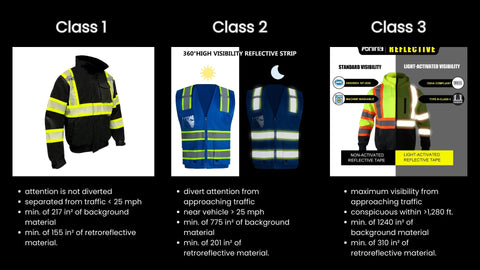
Class 1 Safety Vests:
These are for areas where traffic is slow, under 25 mph. They have less reflective material than other vests but are still bright. They are used in places like sidewalks or warehouses, where vehicles move slowly.
Class 2 Safety Vests:
These are for areas with faster traffic, between 25 and 50 mph. They have more reflective material for better visibility. Workers near public vehicular traffic and around construction vehicles often wear these vests. They are good for crossing guards, airport ground crews, and railroad workers.
Related: Safeguard Your Workplace Safety with these Class 2 High Visibility Shirts
Class 3 Safety Vests:
These are for the busiest and most dangerous areas, where traffic is over 50 mph. They have the most reflective material for maximum visibility. They cover the arms and torso and are often worn by road construction workers, emergency responders, and federal worker safety officers. These vests are really important in places with a lot of fast-moving traffic.
Each class of safety vest is made with bright colors like strong yellow-green or orange, and retro-reflective material. This means they shine brightly when light, like car headlights, hits them. They are part of uniform traffic control devices, helping to direct traffic and keep workers safe. The background material of these vests is also bright, adding to the enhanced visibility.
OSHA requirements say that workers near recognized hazards like moving vehicles or construction equipment must wear safety vests. These vests are a key part of high-visibility apparel. They make sure workers are seen, reducing the risk of accidents.
Related: The Most Common OSHA Guidelines Violated by Employers
Exhaustive List of High-Visibility Clothing Requirements for Every Profession
High-visibility clothing is crucial for certain professions to ensure safety, especially in environments where visibility is key to avoiding accidents. Let's look at the requirements for construction workers, roadside workers, and first responders.
1. Construction Workers
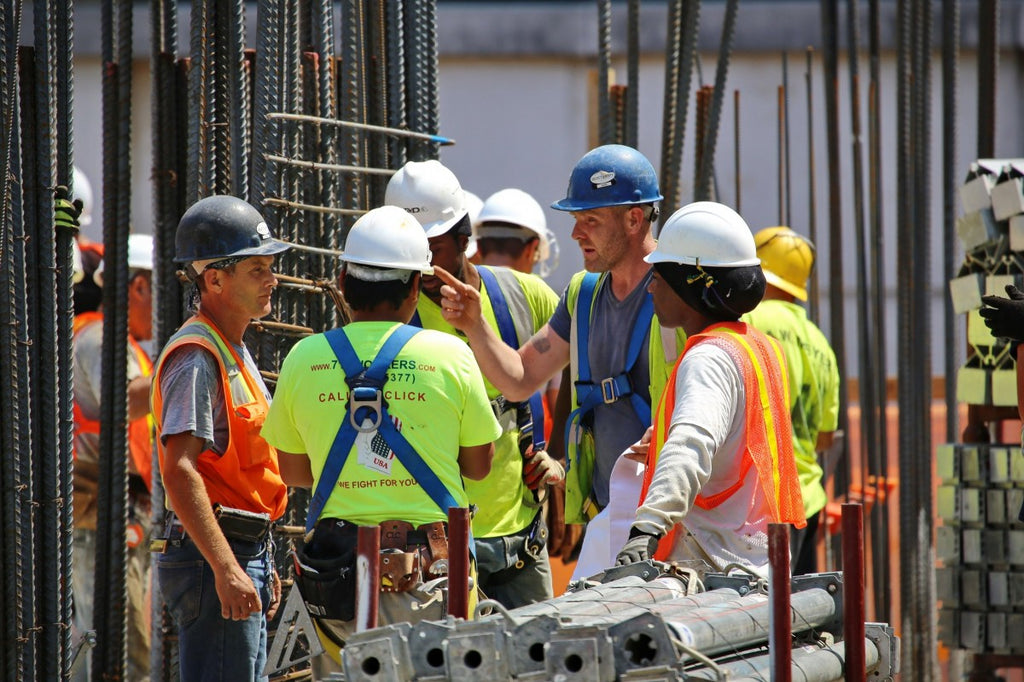
Construction workers, particularly those in highway work zones, need high-visibility clothing due to the risk of being struck by traffic or construction vehicles.
The Occupational Safety and Health Administration (OSHA) mandates that these workers wear high-visibility garments in two specific situations: when working as flaggers and when exposed to public vehicular traffic near excavations.
Furthermore, all workers within the right-of-way of a Federal-aid highway who are exposed to traffic or construction equipment within the work area must wear high-visibility safety apparel. This requirement aims to reduce worker fatalities or injuries caused by motor vehicles and construction vehicles and equipment.
Recommended Class according to OSHA Standards: Class 2 or Class 3
Learn more about hi vis guide for construction workers: What Sets Apart Construction Hi-Vis Gear From Others: 5 Key Differences
2. Roadside Workers
For roadside workers, high visibility is essential due to the proximity of moving vehicles and the need for drivers to notice them from a distance. OSHA requires these workers to wear high-visibility clothing that meets specific standards. This includes Class 1, Class 2, and Class 3 garments, each suited to different levels of risk exposure.
Class 1 garments are for environments with slow-moving traffic (up to 25 mph), Class 2 for tasks that divert attention from approaching traffic, and Class 3 for workers in imminent danger from traffic. The clothing must be yellow-green or orange, with a minimum required amount of reflective material depending on the class.
Recommended Class according to OSHA Standards: Class 3
3. First Responders
First responders, such as emergency medical services (EMS), police, and fire personnel, require high-visibility clothing to be clearly seen in various emergency scenarios, including roadside incidents. While specific OSHA standards for first responders' high-visibility clothing might vary, the general principle is to ensure they are visible at a distance, especially in low-light conditions or during night-time operations.
Recommended Class according to OSHA Standards: Class 2 or Class 3
4. Road Sweepers
Road sweepers need high-visibility clothing because they often work in areas with vehicle traffic. It's crucial for them to be seen by drivers to avoid accidents. OSHA's requirements for high-visibility clothing, while not specified explicitly for road sweepers, fall under the "general duty clause."
This clause mandates employers to provide a safe workplace, which includes ensuring worker visibility. The standards for high-visibility clothing, largely influenced by the ANSI/ISEA 107 standards, include requirements for the amount and type of reflective and fluorescent material on the clothing.
Recommended Class according to OSHA Standards: Class 2 or Class 3
5. Event Security
Event security personnel also require high-visibility clothing, especially when managing large crowds or working in low-light conditions. This ensures they are easily identifiable and can safely navigate through crowds or traffic.
OSHA's general requirements for personal protective equipment (PPE), as outlined in standard 1910.132, apply here. This standard requires employers to assess the workplace for hazards that necessitate PPE (like high-visibility clothing) and ensure the PPE selected fits properly and is maintained in a reliable condition.
Recommended Class according to OSHA Standards: Class 1 or Class 2
6. Airport Ground Crews
Airport ground crews work in close proximity to moving aircraft and vehicles, making high visibility crucial for their safety. They must wear clothing that makes them easily seen by pilots and drivers. The requirements for their high-visibility clothing are detailed in the ANSI/ISEA 107 standards.
This standard outlines specific requirements for high-visibility clothing to ensure workers are visible in their work environments. The standards specify the design and performance of high-visibility safety apparel and include classes of clothing based on the level of visibility provided.
Recommended Class according to OSHA Standards: Class 2 or Class 3
7. Rail Workers
Rail workers require high-visibility clothing due to the potential risks associated with working near or on railroad tracks. These environments often involve moving trains and other equipment, making it vital for workers to be easily seen.
OSHA mandates the use of high-visibility personal protection equipment (PPE) for anyone working next to or on railroad tracks. This is part of their requirement for all workers who might be exposed to the risk of being struck by vehicles or equipment. The high-visibility clothing should include upper body reflective apparel like shirts, hoodies, vests, and jackets.
Recommended Class according to OSHA Standards: Class 3
8. Heavy Equipment Operators
Heavy equipment operators work in environments where there is a significant presence of large machinery and vehicles. High-visibility clothing is essential for these operators to ensure they are seen by other equipment operators, reducing the risk of accidents.
OSHA doesn't specify high-visibility clothing explicitly for heavy equipment operators, but under the "general duty clause," it mandates that employers must provide a workplace free from recognized hazards likely to cause death or serious physical harm, which includes ensuring worker visibility.
This requirement is influenced by the ANSI/ISEA 107 standards, which set performance criteria for high-visibility safety apparel to minimize risks for workers who are prone to being struck by vehicles or equipment.
Recommended Class according to OSHA Standards: Class 2
9. Crossing & Parking Attendants

Picture by Harper Pham
Crossing and parking attendants require high-visibility clothing primarily due to the risks associated with working close to moving vehicles. These roles often place them in scenarios where being struck by hazards is a significant concern. To enhance their safety and ensure they are easily visible, especially in lighting conditions that are less than ideal, they need to wear high-visibility clothing.
OSHA's "general duty clause" states that employers must ensure a workplace free from recognized hazards likely to cause death or serious physical harm.
This includes ensuring worker visibility, particularly for those like parking lot attendants who are often in close proximity to moving traffic and in areas where drivers may have limited visibility.
Recommended Class according to OSHA Standards: Class 2
10. Engineering & Utility Workers
Engineering and utility workers operate in environments that often pose risks of being struck by vehicles or heavy machinery. This is particularly true in inclement weather conditions or complex work environments. High-visibility clothing is crucial for these workers to be highly visible under various lighting conditions.
High-visibility clothing for engineering and utility workers should meet the ANSI/ISEA 107 standards. These standards outline the requirements for background material, retroreflective material, and combined-performance material.
Recommended Class according to OSHA Standards: Class 2 or Class 3
11. Warehouse Workers
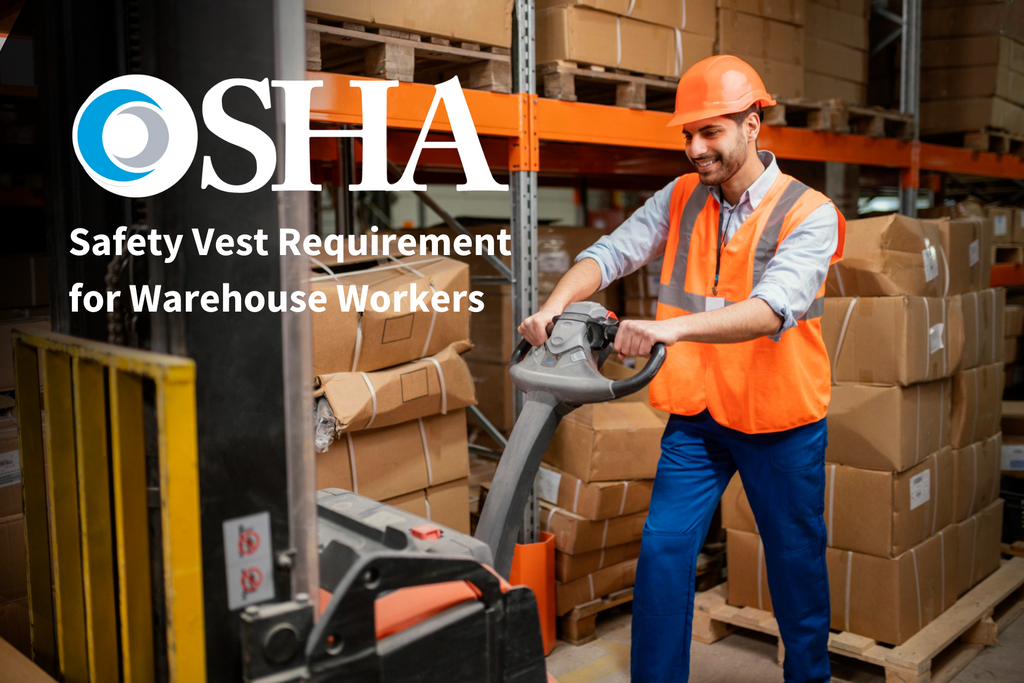
Warehouse workers need high-visibility clothing primarily to reduce the risk of accidents, especially being struck by hazards like powered industrial trucks (forklifts) and other material handling equipment. In the warehousing environment, there is often a mix of pedestrian and vehicular traffic, and high-visibility clothing ensures that workers are easily visible, particularly in areas with complex backgrounds or in low-light conditions.
For warehouse settings, Class 1 high-visibility clothing might be suitable, as it is intended for environments where workers are separated from traffic moving no faster than 25 mph and where their tasks do not divert their attention from approaching traffic.
Recommended Class according to OSHA Standards: Class 1
Related: OSHA Safety Vest Requirements in Warehouse (For Workers)
12. Truck Drivers
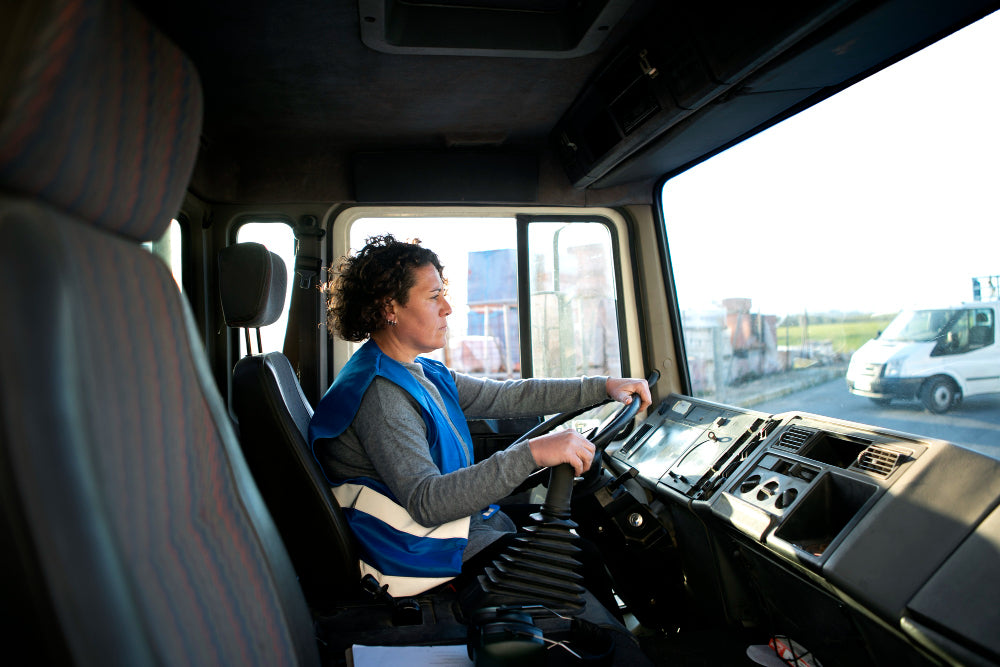
Truck drivers also require high-visibility clothing, particularly when they are outside of their vehicles in areas where they might be at risk of being struck by other vehicles or equipment. This is especially important during loading and unloading operations, or when a driver needs to be outside the truck on a roadway or in a loading dock area.
Truck drivers might require Class 2 or Class 3 high-visibility clothing, depending on their specific work environment. Class 2 is intended for workers whose tasks divert their attention from approaching traffic and for those who must work near vehicles exceeding 25 mph, providing enhanced visibility during inclement weather. Class 3 offers the highest level of visibility for workers in imminent danger from approaching traffic or those needing to be conspicuous from a minimum distance of 1,280 feet.
Recommended Class according to OSHA Standards: Class 2
Related: Hi-Vis Truck Driver Clothing: Why Do You Even Need One?
Penalties for non-compliance with the OSHA Hi-Vis Clothing Requirements
As of 2024, the Occupational Safety and Health Administration (OSHA) has set specific penalties for non-compliance with workplace safety regulations, including those related to high-visibility clothing requirements. The penalties are categorized based on the nature and severity of the violation:
-
Serious, Other-Than-Serious, and Posting Requirements Violations: The maximum penalty for these types of violations is $16,131 per violation.
-
Failure to Abate Violations: If an employer fails to rectify a cited hazard, the penalty can amount to $16,131 per day beyond the abatement date.
-
Willful or Repeated Violations: These are considered more severe breaches, and the maximum penalty for such violations has been increased to $161,323 per violation.
These adjustments to penalty amounts are in line with the Federal Civil Penalties Inflation Adjustment Act Improvements Act of 2015, which requires federal agencies like OSHA to adjust their maximum civil monetary penalties based on the Consumer Price Index. This annual adjustment aims to maintain the effectiveness and deterrent effect of these penalties.
Learn more: The Most Common OSHA Guidelines Violated by Employers
Looking for Hi-Vis Clothing that Comply with the OSHA Standards?
Welcome to Fonirra - Your Trusted Partner in High-Visibility Safety Apparel
At Fonirra, we specialize in high-visibility clothing that not only meets but exceeds OSHA and ANSI/ISEA 107-2020 standards. Our commitment is to ensure the utmost safety and compliance for professionals in various high-risk work environments.
Our High-Visibility Apparel Range
Ideal for construction workers and those in heavy equipment zones, our vests are designed for functionality and compliance. They come with robust reflective materials and are comfortable for everyday wear.
Perfect for outdoor personnel and warehouse workers, these jackets combine warmth, durability, and high visibility. Equipped with reflective strips, they provide excellent visibility in low-light conditions.

Why Choose Fonirra?
-
Safety and Compliance: Our products are meticulously designed to align with the latest safety standards, ensuring you remain visible, safe, and compliant.
-
Quality and Comfort: We understand the importance of comfort in workwear. Our apparel is made with quality materials that ensure comfort without compromising on safety.
-
Versatility: Our range caters to various industries and risk levels, providing suitable options for different work environments.
Stay Safe with Fonirra
Remember, wearing the right high-visibility apparel is not just about meeting regulations - it's a critical step in ensuring your safety and the safety of your colleagues. Trust Fonirra to be your partner in safety.
Explore our range and find the perfect high-visibility apparel for your needs at Fonirra. Stay safe and compliant with Fonirra - your safety is our priority.
-
Posted in
ansi/isea 107, class 2, job, jobs, osha, product guide

